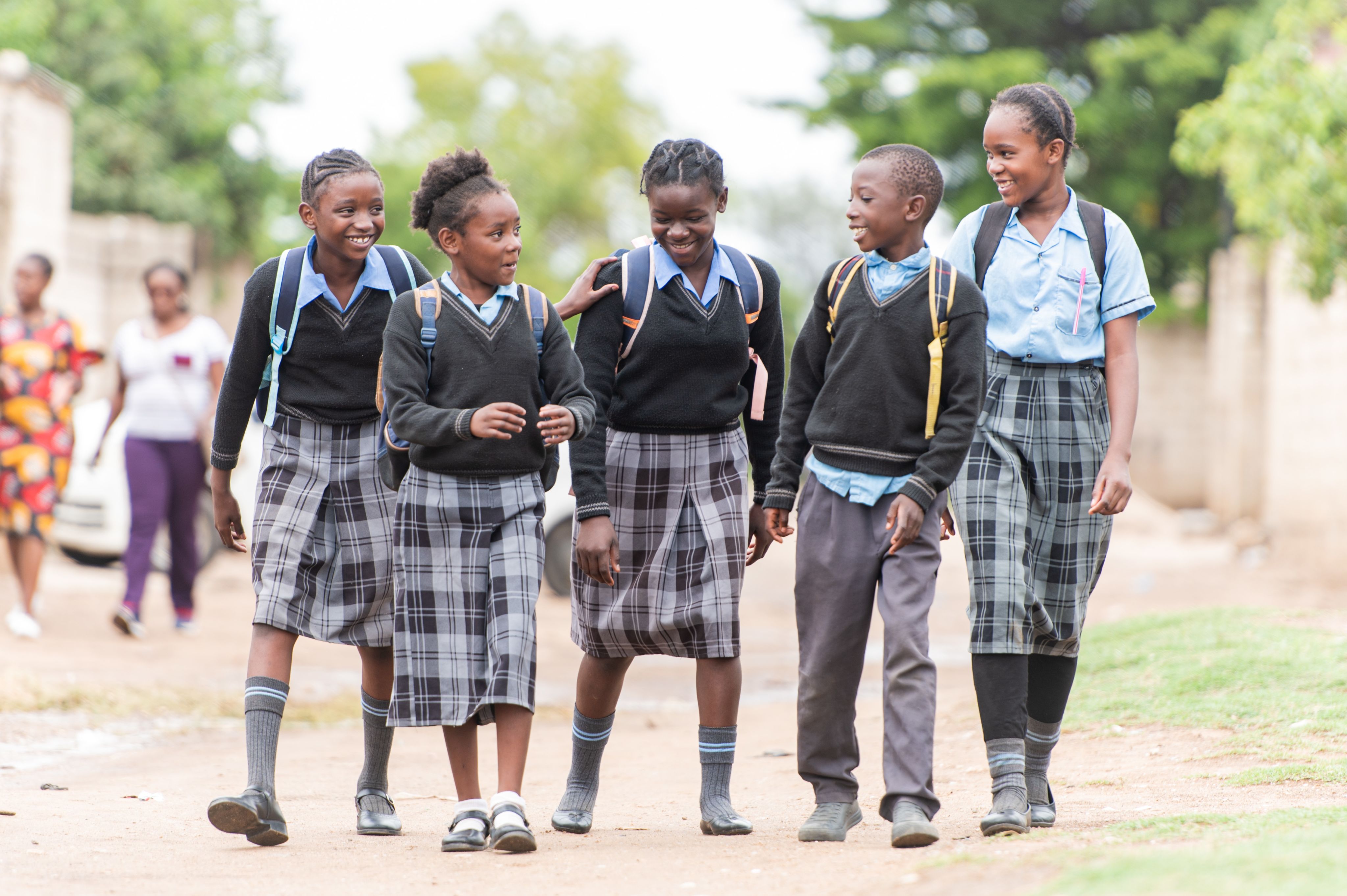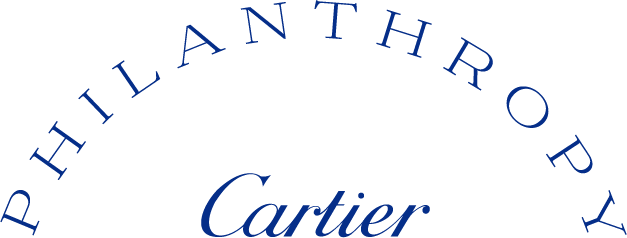Why adaptable services are key in a changing world
From finding the right technology to effective training, delivering health and education services during periods of crisis means finding the right combination of agility and scalability.
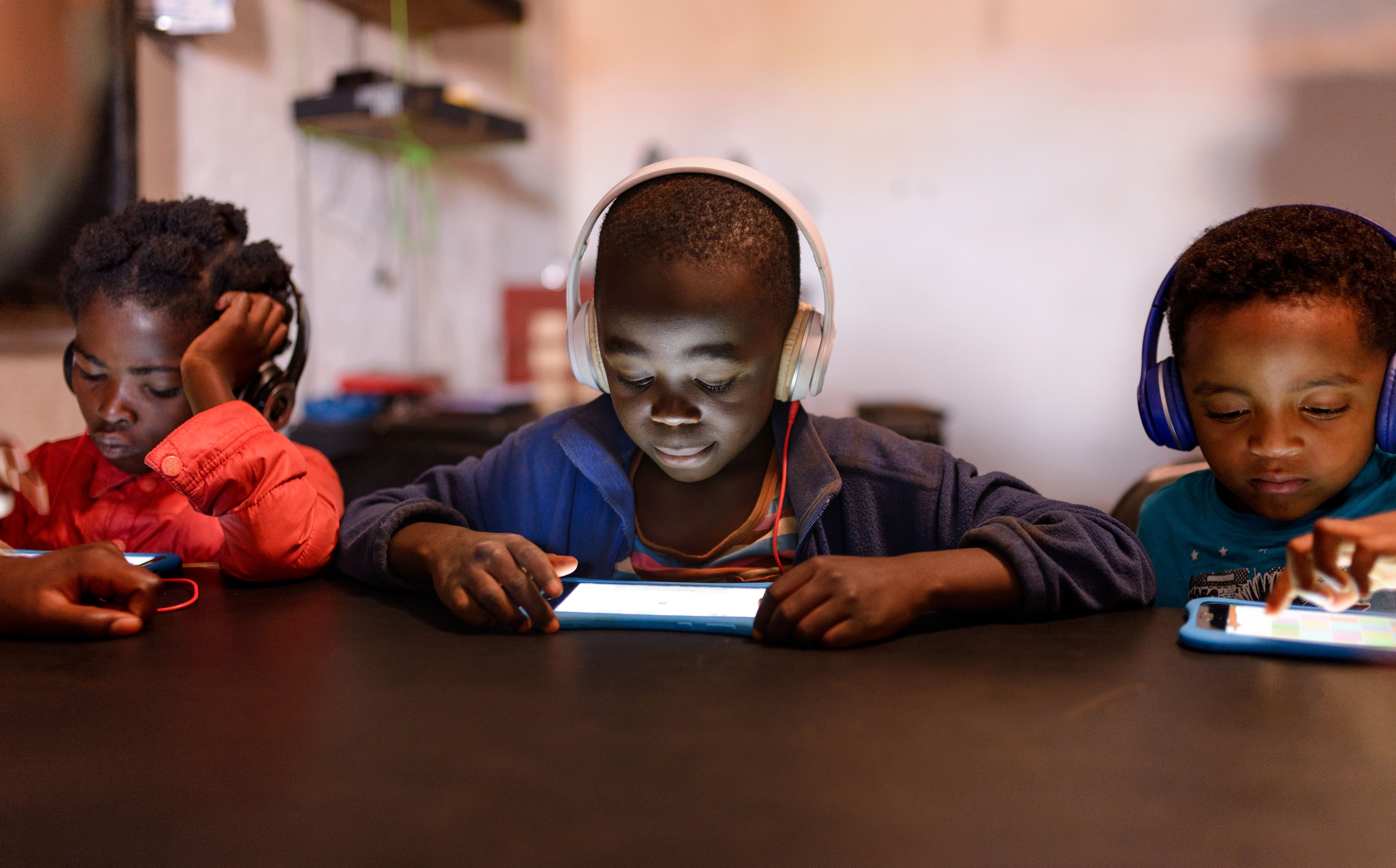
SPONSORED BY

From the disruption of the COVID-19 pandemic to the increasing instability and forced displacement caused by conflict and climate change, delivering access to essential services including health care and education has become fraught with new challenges.
Hard-won improvements in education are now especially at risk. Between 1999 and 2019, the percentage of children not accessing primary education halved. But Education Cannot Wait, a United Nations fund, estimates that this year there are up to 222 million children globally who are either not in school, or require additional support because they are not reaching proficiencies in literacy and numeracy. Only 1 in 10 “crisis-impacted children attending primary or secondary education are actually meeting proficiency standards,” according to ECW.
Graham Lang, chief of education at ECW, told Devex that in cases of forced displacement, children have “invariably moved to a place that in most contexts doesn’t have a solid education system in place.” On top of this systemic barrier, children struggle to learn because of the trauma they’ve been through, Lang added. “You’ve really got to ensure they are in a safe, protected environment before they can start learning.”
But setting up the right circumstances for learning is often not prioritized alongside immediate needs in emergencies. “[Before] it was seen as you do food, you do water, you do shelter, and education comes later,” Lang said. “But education has to come alongside those other interventions … We firmly believe that education is the basis for all the other sustainable development goals — you're never going to achieve a reduction in maternal mortality, or any of those other really important goals without an educated population.”
Photos: © Luminos Fund/Aron Simeneh
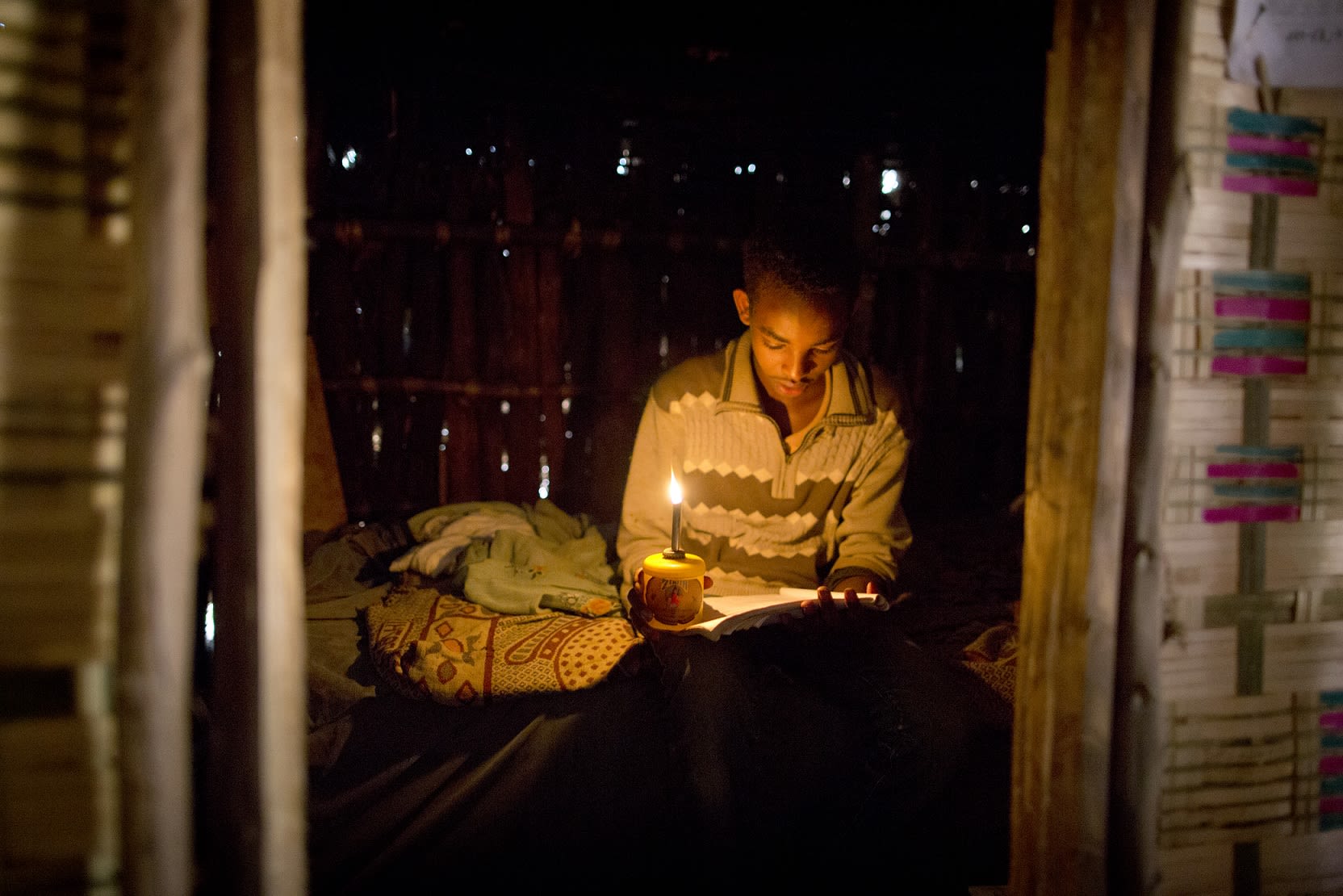
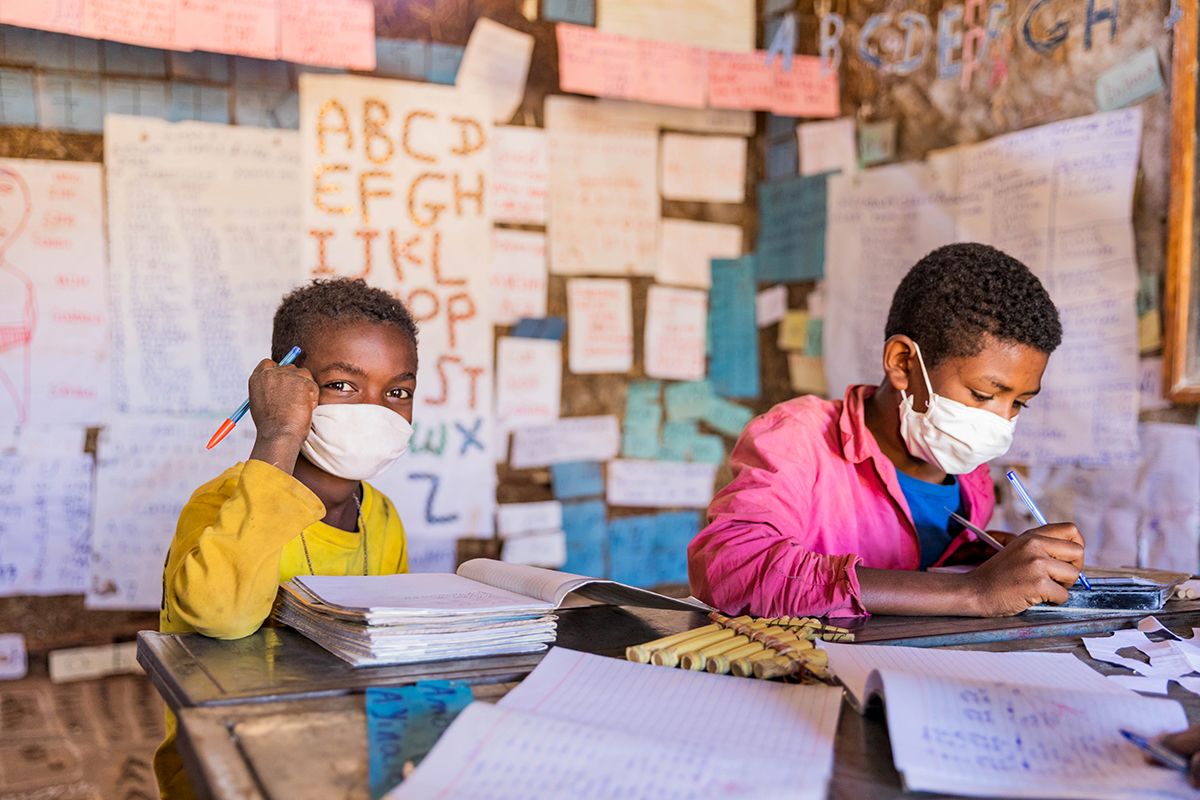
Tailoring solutions

For those working to deliver education in challenging situations and reach children who risk being left behind, the intergenerational, long-term benefits are a key driver.
“There's actually almost nothing we can think of that one could invest in, which would have the same lifetime impact as a year of schooling does,” said Caitlin Baron, chief executive officer of the Luminos Fund, a nonprofit that runs intensive yearlong catch-up programs for children aged 8-12 who have gaps in their education or have never attended school in Ethiopia, Ghana, Lebanon, Liberia, and Gambia.

Photo: © Luminos Fund/Aron Simeneh
Ethiopia, where the first of the nonprofit’s “Second Chance” programs began, is an example of a country that was making improvements in access, Baron said, but two years of conflict in the north of the country has been devastating. In 2021 it was estimated that around 7,000 school buildings have been destroyed in the Tigray region.
By signing up to one year of intensive catch-up schooling, students on the Luminos Fund’s program have had remarkable success in rejoining the education system.

Photo: © Luminos Fund/Aron Simeneh
Photo: © Luminos Fund/Aron Simeneh
Ethiopia has the second highest number of children out of school in sub-Saharan Africa.
Between 2018 and 2021, 26,850 children went through the Luminos Fund program and 94% transitioned successfully to state schools. The NGO wants to enroll 200,000 children across Africa by 2026.
Working closely with local community organizations is key to these results, Baron said. “A key part of our model is that while our in-country team does curriculum pedagogy, training, monitoring and evaluation, we fund national community organizations to deliver the model,” she explained. It means that while the pedagogic approach is more or less the same, lessons are populated by “local texts, local stories, local songs, local games,” she said.
Caitlin Baron, CEO of Luminos Fund, discusses the lifetime impact of investing in education.
In addition, Baron said that working closely with local organizations has helped them with, for example, conversations with the Ethiopian Ministry of Education, meaning the program can be embedded in national context for the long term.
Linking health and education

Another nonprofit that is tapping into local talent and existing models to drive results is Healthy Learners. Working in Zambia — where 40% of school-age children suffer from treatable diseases like malaria, respiratory infections, worm infestations, or diarrhea — the small but impactful organization seeks to improve learning and health outcomes by training teachers to spot and treat mild health conditions.
Since 2013, Healthy Learners has trained over 800 school health teachers, serving primary school students in Lusaka and the Copperbelt provinces of Zambia.
This has led to a 38% reduction in disease morbidity, a 22% increase in health knowledge, a 48% increase in coverage of deworming and vitamin A supplementation, and a 52% decrease in the odds of a child being stunted, a study of the program found.
The idea for the model came from when founder Lonnie Hackett noticed that health interventions were often aimed at children under 5 years old, but that school-age children often faced delays for treatment.
Healthy Learners President and Co-founder Lonnie Hackett shares how co-designing the program with teachers and health workers was crucial to its success.
Hackett said they turned to the well-established community health worker model for inspiration and found a way to complement teachers’ workloads. “I think so much of the success of our program is that it was designed in Zambia following many hours of meetings with teachers and health workers, coming up with solutions together,” he said.
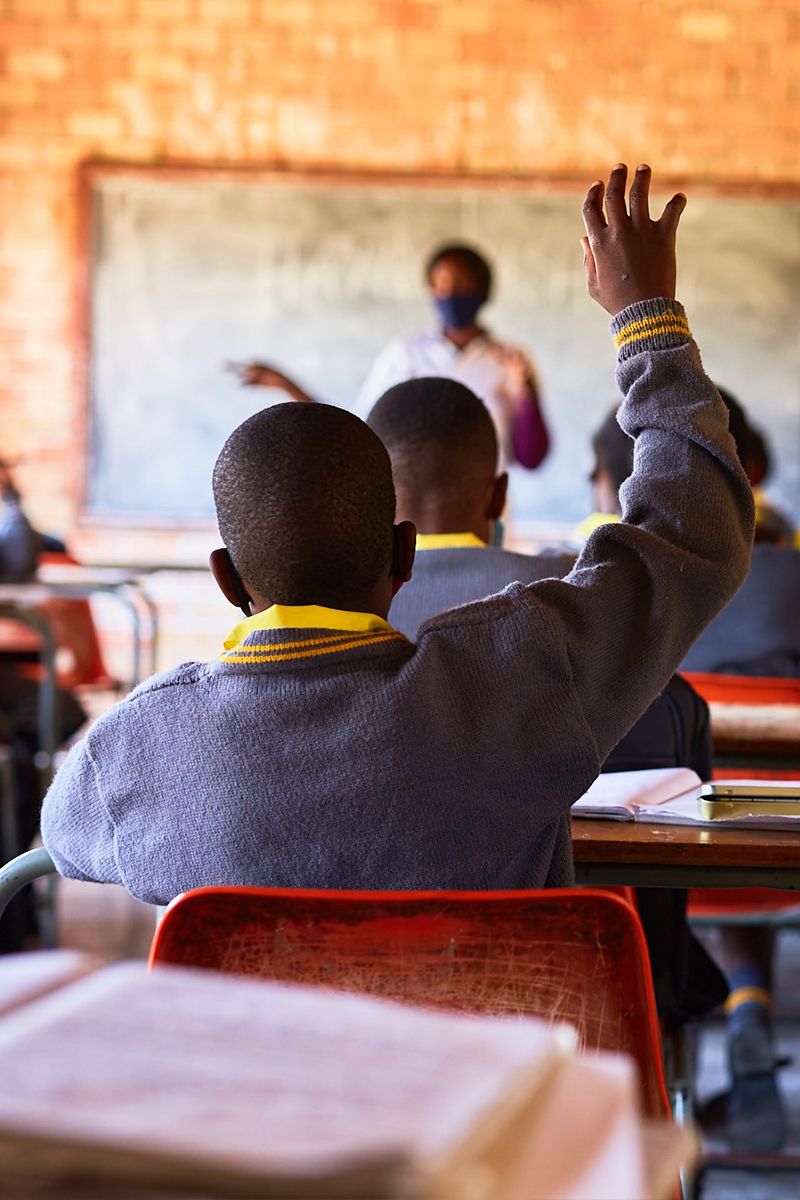
Photo: © Healthy Learners / Atanga Mungandi
They settled on a model that means that six to 10 teachers per school use their two to three hours of flexible time each week to work in the health room, where pupils know they can find them. They also use tech: a diagnostic application called ThinkMD provides a list of about 20 clinical questions to help teachers do a comprehensive health check.

Photo: © Healthy Learners / Atanga Mungandi
Photo: © Healthy Learners / Atanga Mungandi
Adapting to scale

Developments in technology have helped other educational nonprofits achieve solutions that are easier to scale too.
Imagine Worldwide provides learning programs on a tablet that can be used offline and off-grid, where children learn at their own pace from a curriculum adapted to students' context and language. It has proven especially useful for contexts where there is no school building and little access to electricity — and the program is designed so that adults play a “facilitative role” rather than an instructional role, explained co-founder and chief executive Joe Wolf.

Photo: © Imagine Worldwide / Jjumba Martin
Photo: © Imagine Worldwide / Jjumba Martin
The organization started piloting the devices in Dzaleka refugee settlements in Malawi and has since run programs in Bangladesh for Rohingya refugees, expanding to reach pupils in Tanzania, Ghana, Burkina Faso, Liberia, and Sierra Leone. In September, the government of Malawi announced a national expansion of the digital learning program, meaning it will reach primary schools across the country.
Achieving this type of expansion was made possible by “designing for sustainability from the beginning,” said Wolf. “We engage government education officials at the beginning of program design and throughout program implementation — aligning with digital education policy and the national curriculum. We also set clear expectations on exit strategies and performance benchmarks.”
A two-year randomized controlled study of Imagine Worldwide in Malawi found that 72% of students attained “emergent or fluent mathematics status” after 13 months of learning, and 50% more students advanced on national literacy benchmarks.
At full scale, the program will serve 3.5 million children per year across all 5,770 public primary schools in Malawi.
In Zambia, the ministry of education asked Healthy Learners to support the reopening of schools during COVID-19, leading to a rapid expansion of their model too. Hackett’s key learnings from the period of expansion have underlined the importance of government partnerships and utilizing the insights and expertise of partner organizations doing similar work. “We’ve been fortunate to have really great peers and folks that we’ve looked to as mentors — organizations like Last Mile Health and Mothers2Mothers,” he said.
Meanwhile, the Second Chance program run by the Luminos Fund plans to reach 91,000 out-of-school children in Ethiopia by 2024 and to enroll 200,000 children across Africa by 2026, after having opened up the program in four other countries.
For Luminos Fund’s Baron, keeping programs agile and constantly learning is the most important advice she said she can give to any organization looking to replicate its programs in new countries or contexts. “There’s a heck of a lot of chalk face, rapid-cycle iteration that is required in every single new context that we move into,” she said. That means ensuring real-time assessment information is coming in, where they ask, “which teachers are succeeding, and who needs more support? What are the stumbling blocks?”
“We say that while we run a one-year program, we fight for success every single year — what you achieved last year is actually irrelevant,” Baron said. “Every year there’s a new cohort sitting in the classroom.”
Photos: Healthy Learners / Jason J Mulikita Photography

